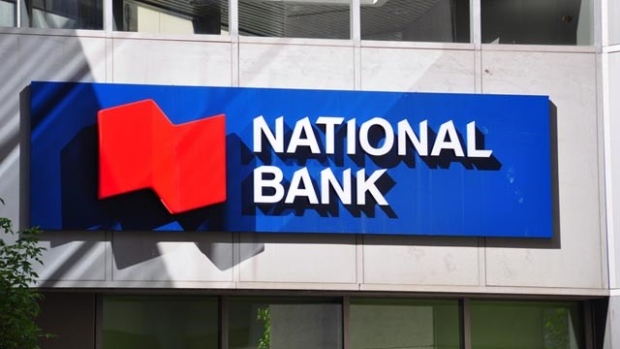Jun 1, 2016
National Bank profit falls 48% on bad energy loans; boosts dividend

National Bank of Canada has delivered quarterly results that look ugly but invite observers to look ahead to better times later this year.
The smallest of the Big Six reported that its second-quarter profit fell to $210-million, down 48 per cent from last year. That’s the ugly part, and it stands out from the far-more encouraging results from the other big banks this quarter.
The decline was expected though, after the bank announced last month that it would set aside $250-million to cover bad loans to the energy sector. Overall, provision for credit losses came to $317-million, giving National Bank the opportunity to construct two what-if scenarios that can make its results look considerably more upbeat.
The first simply ignores most of the quarterly provision as a one-time event. Add it back to its results and the so-called adjusted profit for the quarter balloons to $420-million – up 2 per cent from last year. More specifically, its personal and commercial banking division shifts from a loss of $9-million to a profit of $174-million, up 6 per cent from last year.
The second scenario treats the second quarter’s provisions for bad loans to the energy sector as a peak – which is to say, this is as bad as it gets. This has been a popular approach among the other banks this quarter, with Bank of Nova Scotia being the most explicit in forecasting that losses associated with energy loans will start to fall in the coming quarters.
This level of optimism is bolstered by the price of crude oil, which has risen from lows of nearly US$26 a barrel in February to recent highs approaching US$50 a barrel. While the price is not yet at a level that makes oil a highly profitable commodity again, it does remove a lot of the uncertainty surrounding the ability of energy companies to service their debts – and, of course, gives banks something to cheer about.
Clearly, National Bank is looking ahead to a brighter future: It announced a dividend increase, raising the quarterly payout to 55 cents a share, up 1 cent, even though the dip in quarterly quarter pushed its payout ratio to 61 per cent from 44 per cent last year.
National Bank also announced two executive changes. Ricardo Pascoe, executive vice-president of financial markets, was named chief transformation officer and executive vice-president of the strategic initiatives office.
“The newly-created function of chief transformation officer will ensure our projects are integrated even more effectively at a time of rapid change, both in our industry and those of our clients,” Louis Vachon, National Bank’s chief executive officer, said in a statement.
The bank also announced that Denis Girouard, currently deputy head of financial markets and co-head and managing director of fixed income, will succeed Mr. Pascoe.



